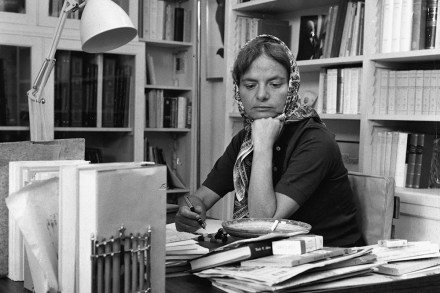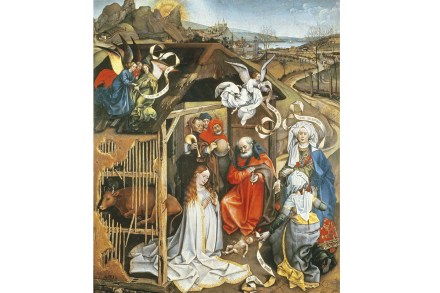Outlandish epic: Lies and Sorcery, by Elsa Morante, reviewed
In 1948, Natalia Ginzburg, then an editor at the Italian publishing house Einaudi, received an 800-page brick of a manuscript from an acquaintance, Elsa Morante. Ginzburg read it in one sitting and declared Morante was going to be ‘the greatest writer of the century’. More recently, Elena Ferrante credited Morante with showing her ‘what literature can be’. The book that produced such praise – Italo Calvino called it ‘a serious novel, full of living human beings’ – has gone by different names in English: House of Liars or, in this new edition published by Penguin Classics and NYRB Books, Lies and Sorcery. Narrated by the semi-autobiographical ‘Elisa’ (a ‘nun-like recluse’



